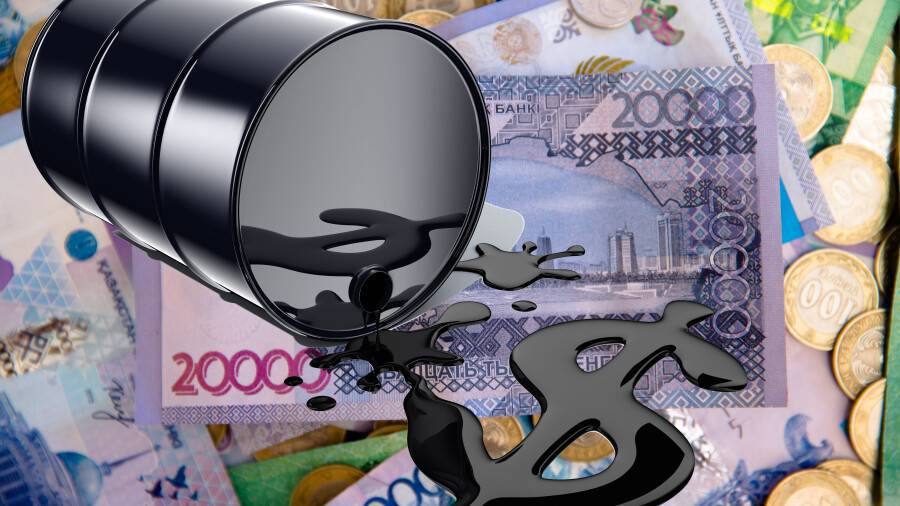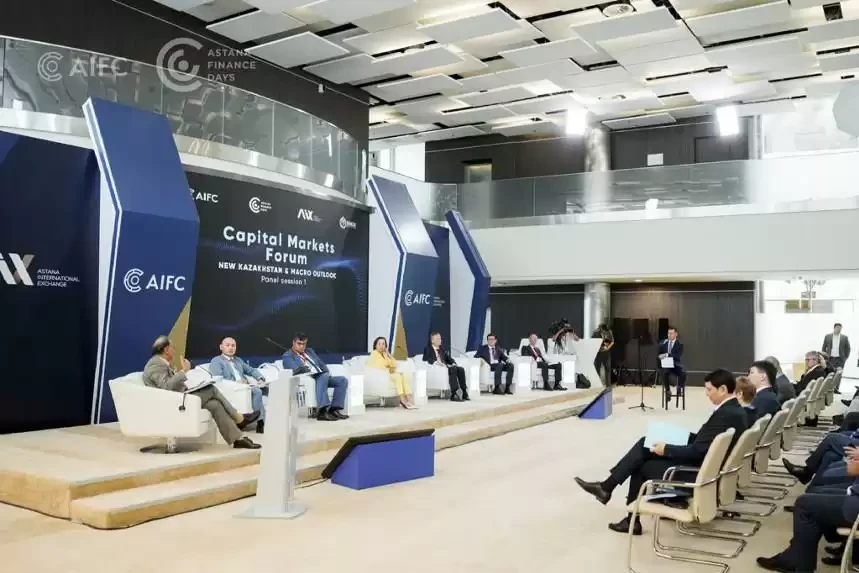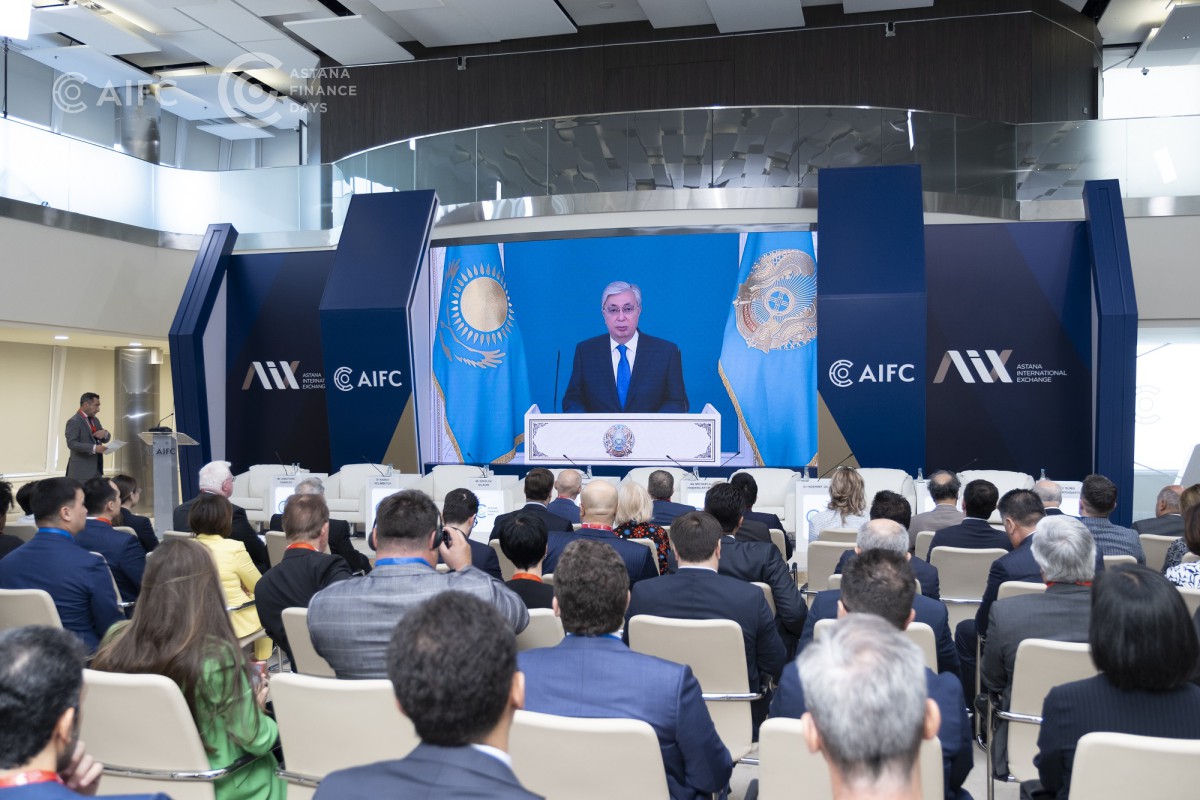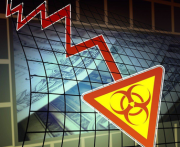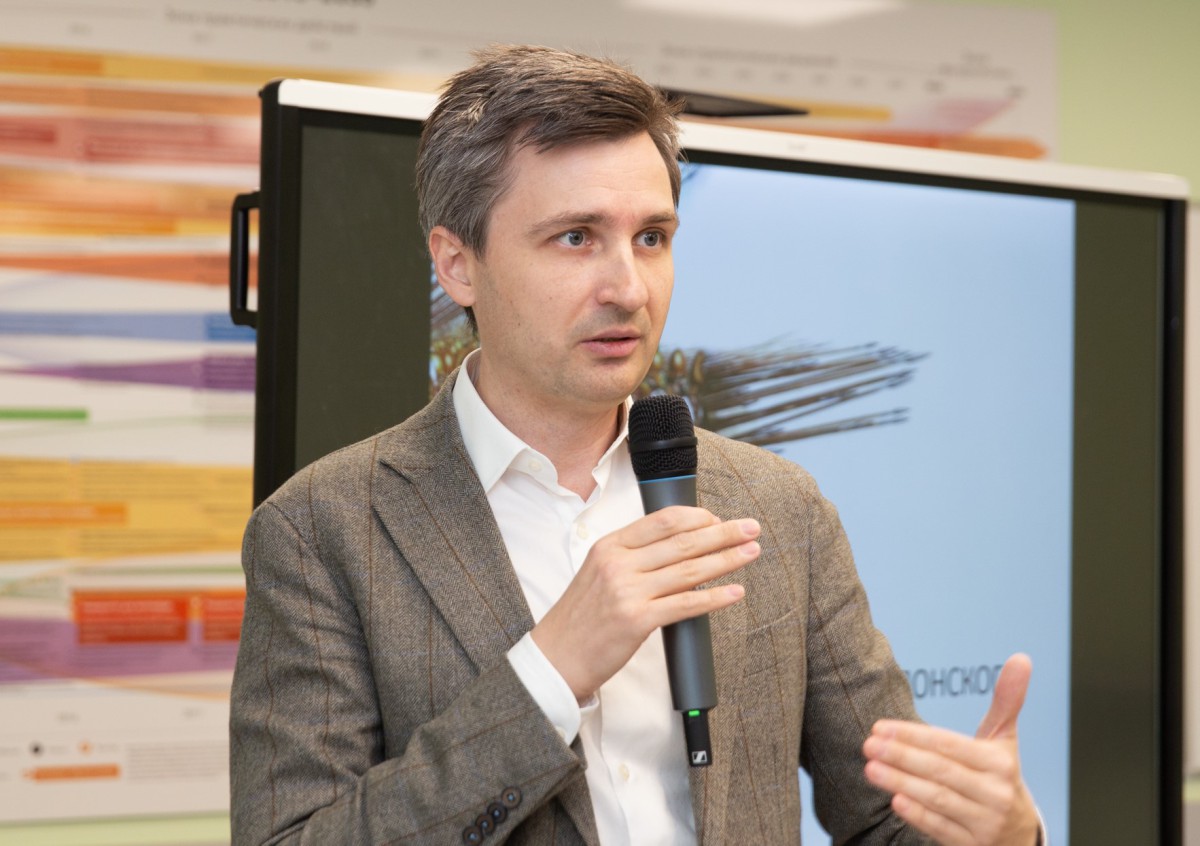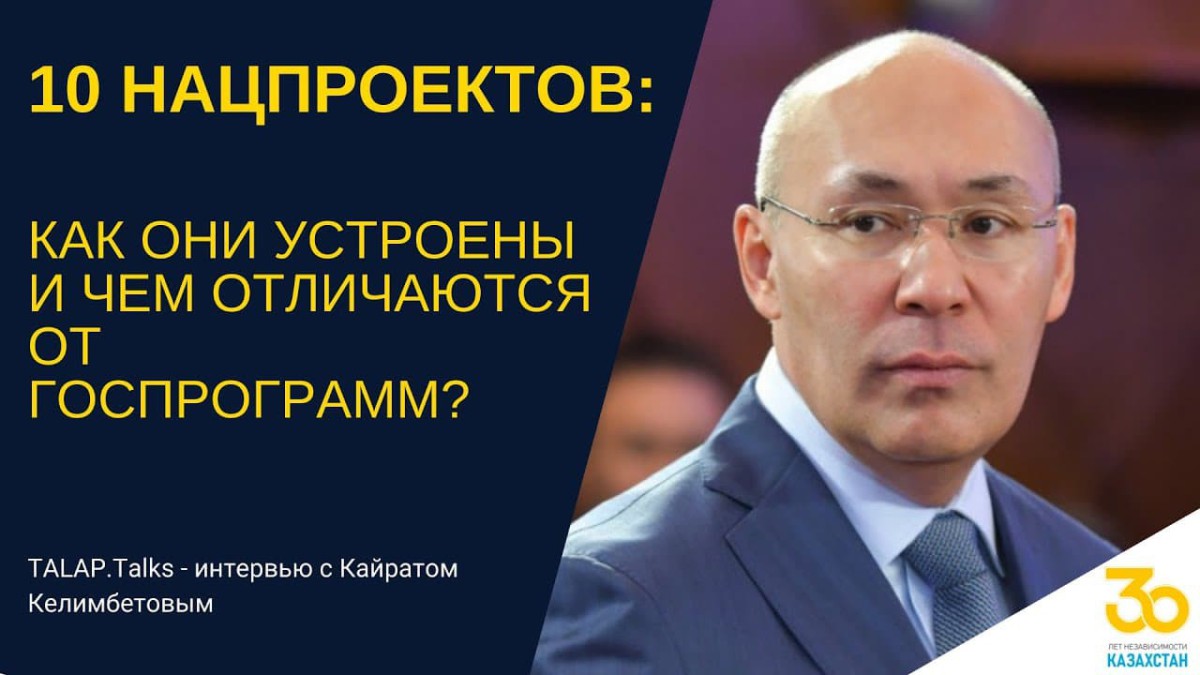Every year, the global economy loses 2-5% of its GDP, which amounts to 700 billion to 1.8 trillion euros. Experts from the United Nations Office on Drugs and Crime provide such estimates. Unfortunately, the digital revolution and the emergence of new financial transaction methods have accelerated the money laundering process, making it even faster and more efficient than before.
The legalization of criminal proceeds raises significant barriers to market transformations in all aspects of public life. This disrupts the normal functioning of the economy and basic economic institutions, as well as public authorities’ ability to control and manage the country’s financial system.
The increased public risk of criminal capitalization is determined not only by its direct connection with the activities of organized criminal groups and communities, as well as terrorist activities, but also by its pronounced transnational nature. As a result, the international community places a strong emphasis on developing new tools to aid in the fight against illegal money trafficking.
finreview.kz analysts explain what is being done in this direction and what solutions are being offered by the global and regional economic communities.
FATF vigilance against international money laundering
The Organization for Economic Cooperation and Development (OECD) published the findings of a global study in 2020, estimating that at least 11.3 trillion USD are offshore. More pessimistic data comes from the Offshore Leaks database compilers, who estimate that the global volume of offshore assets is at least 5.6-32 trillion USD.
In reality, determining the exact amount of funds associated with tax evasion is impossible. This is due to the offshore system’s complexity. While the details of various offshore scandals, such as the Panama Papers or the Pandora Dossier, are frequently publicized, the total amount flowing from high-tax countries to tax havens with lower rates is virtually unknown.
In this regard, the example of Switzerland, whose banks are now regarded as the world’s guarantor of legality and reliability, is instructive. However, until the 1990s, the international financial center of Switzerland was perhaps the most important global platform for the legalization and storage of laundered funds. Since 1934, the country has had “bank secrecy on non-resident accounts,” as well as practices for managing “doubtful assets” and various tax provisions that make it simple to establish offshore companies. Following a series of high-profile capital laundering cases involving Switzerland in the 1970s and 1980s, the federal authorities and the Swiss financial regulator gradually tightened the conditions for banks to do business: they were held strictly responsible for any miscalculations in areas of counteraction to obviously criminal transactions.
Global countermeasures against criminal enterprise have existed for a long time. The G7 countries and the OECD began to develop a package of measures to prevent the legalization of criminal proceeds in the 1980s. And, on the initiative of the G7, the Financial Action Task Force on Money Laundering (FATF) was established in 1989. This is an intergovernmental organization that develops global standards for anti-money laundering and combating financial terrorism (AML/CFT), as well as assesses national systems’ compliance with these standards.
Approximately 180 countries worldwide now follow the FATF’s AML/CFT recommendations.

Kazakhstan has had the Law “On Combating the Legalization (Laundering) of Illegally Obtained Income and the Financing of Terrorism” in effect since March 2010. It was the first step toward the legislative implementation of international standards, which are the primary tool for combating and preventing the legalization of illegal income. These international standards were known as the “40+9 FATF recommendations” in the international community at the time.
The FATF not only develops AML/CFT standards, but also assesses countries’ compliance with these international standards. There are “black lists” of countries that pose a threat to the global financial system’s security, as well as “grey lists” of countries with insufficiently developed national AML/CFT systems. When a state is sanctioned by the FATF, not only does its reputation suffer, but it also encounters difficulties when conducting international transactions. The country’s attractiveness to investors dwindles.
Kazakhstan has been an associate member of the Eurasian group on combating money laundering and financing of terrorism since 2004. (EAG). The Intergovernmental Agreement on the EAG was ratified in February 2012. Kazakhstan, along with Belarus, China, Kyrgyzstan, Russia, and Tajikistan, became one of the EAG’s founding members.
From October 2010 to June 2011, Kazakhstan underwent its first EAG assessment for compliance with international standards of the national AML/CFT system. Kazakhstan was placed under the standard monitoring regime as a result of the assessment. At the same time, the country was tasked with bringing the AML/CFT system in line with the FATF’s fundamental and key recommendations. Kazakhstan was rated Non-Compliant (NC) or Partially Compliant (PC) for 9 of the 16 mandatory FATF key and core recommendations.
As anti-money laundering regulations and practices become more stringent, countries are compelled to limit the activities of banks and other financial institutions. In recent years, Kazakhstan has become more cooperative with other jurisdictions (where capital has traditionally migrated) regarding the exchange of information between tax authorities and central banks. Essentially, these are European nations.
Kazakhstan was ranked 141 out of 248 nations in the fight against money laundering in 2013. At that time, 56 instances of money laundering and other illegally obtained property were recorded in the country. During the same period in 2022, the number of money laundering and other illegally obtained assets cases in Kazakhstan increased by 55.6% to 42, compared to the same period in 2021. The amount of damage has doubled, reaching 3 billion KZT. Damages to the state are estimated at 2 billion KZT (+31.6% per year), 1 billion tenge to citizens, and 25 million tenge to businesses.
On the other hand, an increase in the number of reported crimes does not necessarily indicate an increase in crime. This also demonstrates the improvement of the state’s anti-money-laundering tools.
In September 2022, the Astana International Financial Centre hosted a meeting of the Interdepartmental Working Group on Mutual Evaluation of the National AML/CFT System of the Republic of Kazakhstan and the AIFC. Since the financial center is an independent jurisdiction on the territory of Kazakhstan, its participants are subject to financial monitoring under the AML/CFT Law of the Republic of Kazakhstan. The AFSA is designated as the entity that monitors their compliance with the current AIFC law regarding AML/CFT issues. Today, the requirements for combating money laundering and the financing of terrorism are reflected and specified in more than 80 AIFC acts governing various areas of participant activity.
Notably, the OECD published a report in the summer of 2022 recognizing that the Astana International Financial Center’s tax regime complies with global tax transparency standards. This recognition was an important step in demonstrating the AIFC’s (and Kazakhstan’s) compliance with global transparency standards, including tax transparency.
How does the AIFC counter money laundering?
As a platform for international business, the AIFC strictly adheres to FATF standards.
“Today, many organizations all over the world place a high priority on beneficial ownership transparency. The AIFC has implemented rules for disclosing the ultimate beneficial owner since its inception in order to prevent the direction of illegal financial flows through the AIFC. The ability to conduct business transparently and without reputational risks is critical for international companies,” says Garrett Ling, Deputy Director General of the AIFC Financial Services Regulatory Authority (AFSA).
The AIFC AML/CFT system architecture is a risk-based supervisory and regulatory model with key lines of defense built in:
1. AFSA checks companies and their owners (due diligence) and studies the beneficial ownership structure using open and special information sources during the registration and authorization (licensing) stage.
2. Internal policies and procedures of companies are analyzed, executives are checked for professional compliance, and interviews with AML/CFT officers of companies are conducted.
3. Companies are assigned appropriate risk ratings, and “Risk Mitigation Programs” – a list of requirements and/or recommendations for a license candidate company – are assigned. Only after their mandatory completion will the company be able to fully operate at the AIFC site.
4. Companies are overseen by curators, who conduct constant remote monitoring as well as scheduled or unscheduled field inspections. And it is important to note that the AFSA has sufficient powers, including the right to conduct inspections, require the provision of any information, and impose various proportional and dissuasive disciplinary and financial sanctions for non-compliance with the AIFC AML/CFT requirements.
The AFSA AML/CFT unit is assigned the role of the “second line of defense.” “We provide additional expertise, support, monitoring, and coordination at any stage, with a focus on money laundering and terrorist financing risk management,” said Valikhan Gusmanov, Director of the AIFC Committee on Financial Services Regulation (AFSA). “Our responsibilities include coordinating with authorized state bodies, conducting in-depth audits of companies and their beneficiaries, assessing sectoral risk, and identifying various ML/FT typologies and schemes.”
The AIFC oversees its fintech companies with a fairly conservative approach, imposing various limits on the number of clients, transactions, and bans on business models with signs of anonymity. AFSA employs advanced blockchain data and transaction analytics solutions to identify suspicious transactions that involve, for example, Darknet, enhanced anonymity tools, mining, high-risk digital exchanges, and so on. All of these safeguards enable the AIFC to actively combat money laundering through its jurisdiction.
Why are white-collar crimes dangerous?
Money laundering is one of the world’s most common white-collar crimes. They should be classified as crimes involving a higher level of danger for a variety of reasons.
First, there is corruption. FATF experts frequently note the link between the number of corruption crimes and the effectiveness of anti-money laundering efforts. As an example, suppose an official receives a bribe in exchange for some service. In this case, the chances of being caught are only 5%. He is given money to spend rather than keep. At the same time, the official is in the “legal field,” providing declarations and reports on his and his relatives’ income. As a result, they must be legalized in order to spend the money received dishonestly. The state invalidates the very fact of a corruption crime by closing down the channels of money laundering. Thus, combating money laundering is combating corruption.
Second, there is organized crime. Criminal organizations’ activities are frequently motivated by a desire to make money. As a result, this money is then invested in legal financial circulation. The country is fighting organized crime by opposing the legalization of criminal income.
Third, Terrorism. Income from the production and sale of drugs, for example, is frequently used by various terrorist groups to commit terrorist acts (such as Al-Qaeda, ISIS, etc.).
Changing the rules of the game in the shadow economy
There is a significant amount of “dirty money” in the global economy, which has an impact on all ongoing economic processes. The shadow economy operates under its own set of rules, distinct from those established by states. As a result, money laundering organizations are a major problem in any financial system.
A special tax regime is frequently the catalyst for such crimes. Capital is looking for a more comfortable environment with lower taxes and higher guarantees of legal immunity. And the final factor is critical for Kazakhstan’s realities. For the time being, offshore companies provided the most effective asset protection and protection against interference in the ownership structure. This flight is not so much from the tax system as it is from the judicial system, which frequently makes decisions in a “manual” mode. An independent AIFC Court and the International Arbitration Centre serves are viable alternatives to Kazakhstan’s legal system. These organizations are not part of the country’s legal system. As a result, any pressure on them is ruled out.
Regardless, the fight against money laundering and the flight of direct investments offshore cannot be a policy-making phenomenon. The process should include systematic improvements to the business climate as well as mutual understanding between entrepreneurs and government agencies.
Kazakhstan should consider strategic investments, as well as a favorable tax climate and economic integration. This also applies to the redomiciliation of domestic companies that are now registered in foreign jurisdictions, as President Tokayev has stated, can return to Kazakhstan via the AIFC site.








